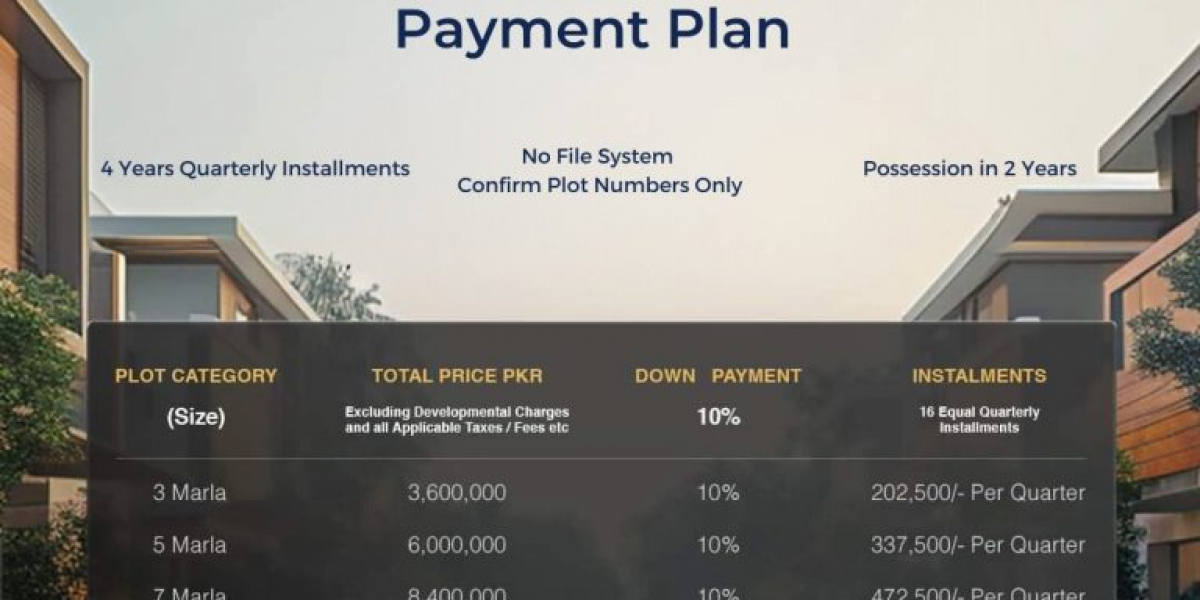Introduction: Chahar Bagh and Its Cultural Legacy
Chahar Bagh the Persian term for "four gardens," refers to a classical garden layout divided into four quadrants by water channels, forming a geometric, symmetrical design. The concept of Chahar Bagh is deeply embedded in Persian culture and Islamic architecture, representing an earthly version of paradise. This garden structure, with its aesthetic beauty and symbolic meaning, has left an indelible mark on architecture throughout the Islamic world.
In this article, we examine the profound influence of Chahar Bagh on Islamic architecture, particularly in the context of real estate development. We explore how its principles have shaped both ancient and modern landscapes, how these gardens symbolize the harmonious coexistence of nature and human design, and why they remain an enduring source of inspiration in today's real estate sector.
Chahar Bagh: The Symbolic Heart of Islamic Gardens
The Chahar Bagh garden design has deep roots in the early Islamic world, influenced by Persian, Roman, and even pre-Islamic traditions. The central idea behind the Chahar Bagh is to represent the Quranic vision of paradise—lush, serene, and divided into four parts, with water as its primary element. In Islamic thought, water is a symbol of life, purity, and divine providence, making it an essential feature in the Chahar Bagh layout.
Historically, the Chahar Bagh design was meticulously crafted to balance the four elements of nature—earth, water, fire, and air—and to recreate an idealized vision of paradise. The layout typically features a central water channel, often flanked by parallel walkways or rows of trees, dividing the space into four sections. These elements not only served aesthetic purposes but also had symbolic significance, reflecting the order and harmony found in the divine world.
The most iconic examples of Chahar Bagh gardens can be seen in Persian gardens, such as those in Isfahan, and later in the Mughal gardens of India, including the famous Shalimar Bagh in Kashmir and the gardens of the Taj Mahal. These gardens not only served as spaces for leisurely walks but were also integrated into the architectural design of palaces, mosques, and mausoleums, adding an element of spirituality and peace to the built environment.
Chahar Bagh’s Influence on Islamic Architecture
The principles of Chahar Bagh significantly influenced the development of Islamic architecture, particularly in the design of courtyards, palaces, mosques, and urban planning. The layout of gardens, characterized by symmetry and order, directly impacted the way architects approached the design of public and private spaces. The integration of water, greenery, and geometric patterns was seen as a way to balance the built environment with nature, offering both visual harmony and spiritual significance.
In Islamic architecture, the use of courtyards became a defining feature, inspired by the Chahar Bagh design. Courtyards, often enclosed within the walls of mosques, madrasas (schools), and palaces, were designed to function as both peaceful retreats and places for communal activities. The central water feature, surrounded by lush vegetation, would evoke the tranquility of the Chahar Bagh, providing a sanctuary from the bustle of urban life.
The design principles of Chahar Bagh also found expression in the development of Islamic gardens in cities. For example, in cities like Baghdad, Cairo, and later in the Mughal Empire’s capital of Delhi, the urban garden served as an oasis within the city—a space for reflection, relaxation, and spiritual renewal. The incorporation of these gardens into the built environment helped bridge the gap between architecture, nature, and spirituality, with gardens becoming vital components of both private homes and public spaces.
Chahar Bagh in Real Estate: An Evolving Influence
The influence of Chahar Bagh has not only shaped the physical design of buildings and gardens but has also made its mark on the modern real estate industry. Today, developers and architects draw from the principles of Chahar Bagh to create luxurious and sustainable residential communities that emphasize a connection to nature and harmony within the built environment. The enduring appeal of the Chahar Bagh design lies in its ability to offer a peaceful, aesthetically pleasing living space—a sanctuary that appeals to affluent buyers and individuals seeking respite from the fast-paced world around them.
In the modern real estate market, especially in high-end residential developments, there is a growing emphasis on green spaces, water features, and meticulously planned landscapes. These elements are not just for decorative purposes—they are seen as crucial aspects of a well-balanced, harmonious living environment. In many luxury developments, Chahar Bagh-inspired designs are incorporated into community parks, gardens, and even private estates. The use of water channels, central fountains, and lush greenery is common in these spaces, creating an oasis-like atmosphere that promotes peace and well-being.
One of the most prominent ways that Chahar Bagh influences real estate today is through the development of gated communities and luxury residential complexes that offer residents a retreat into nature. These properties often feature expansive gardens, reflecting pools, and water features, mirroring the tranquility and symmetry of the Chahar Bagh. Developers use these elements not only to increase the visual appeal of the property but also to foster a sense of tranquility, offering residents an idealized space where they can escape from urban life and reconnect with nature.
Chahar Bagh and Sustainable Real Estate Development
The principles of Chahar Bagh have also found relevance in the growing trend of sustainable real estate development. As cities around the world expand, there is an increasing demand for green, eco-friendly spaces that enhance the quality of life for residents while reducing the environmental impact of urbanization. The Chahar Bagh’s emphasis on water, greenery, and balanced landscapes provides a timeless model for creating sustainable, nature-integrated spaces in urban areas.
Modern architects and urban planners are integrating the concept of the Chahar Bagh into green urban design by incorporating sustainable water management systems, such as rainwater harvesting, bio-swales, and water-efficient landscaping. The division of space into functional, balanced quadrants allows for the thoughtful inclusion of parks, gardens, and community spaces that encourage outdoor activities, reduce air pollution, and promote biodiversity.
In fact, many new urban developments—especially in regions with growing populations and limited green space—are inspired by the Chahar Bagh layout. These developments aim to strike a balance between the built environment and the natural world, ensuring that residents have access to green spaces for recreation, relaxation, and connection with nature. This approach not only improves the livability of a development but also aligns with the increasing desire for sustainable, eco-conscious communities.
The Enduring Legacy of Chahar Bagh in Contemporary Real Estate
The lasting impact of Chahar Bagh on real estate and architecture is undeniable. From its symbolic representation of paradise in Islamic culture to its integration into modern luxury developments, the Chahar Bagh design continues to inspire architects and developers seeking to create spaces that combine beauty, functionality, and spirituality. As urbanization continues to encroach upon natural landscapes, the demand for properties that offer a balance of nature and urban living has never been greater.
For real estate developers, incorporating elements of the Chahar Bagh design not only adds aesthetic value to a property but also caters to the growing desire for peaceful, serene living environments. In a world that is increasingly fast-paced and stressful, the calming influence of Chahar Bagh-inspired gardens offers a much-needed sanctuary—making these properties highly desirable in the luxury market.
Conclusion: The Timeless Appeal of Chahar Bagh
The influence of Chahar Bagh on Islamic architecture has shaped the design of both historical and modern spaces, weaving together nature, art, and spirituality in a harmonious whole. Its principles continue to guide the creation of luxurious and sustainable real estate developments that offer not only a high standard of living but also a connection to nature and tranquility. The Chahar Bagh remains a symbol of balance, peace, and harmony, making it an enduring source of inspiration for architects, developers, and homeowners alike. As real estate trends continue to prioritize green spaces, the timeless appeal of Chahar Bagh ensures that its legacy will remain a vital influence in shaping the homes and communities of tomorrow.









